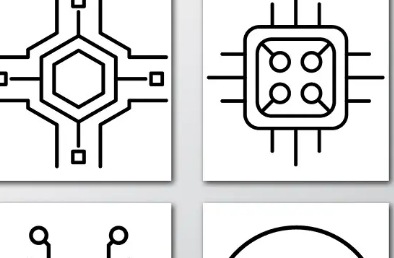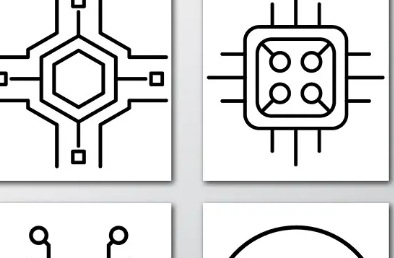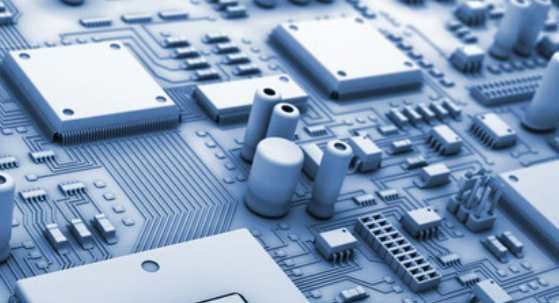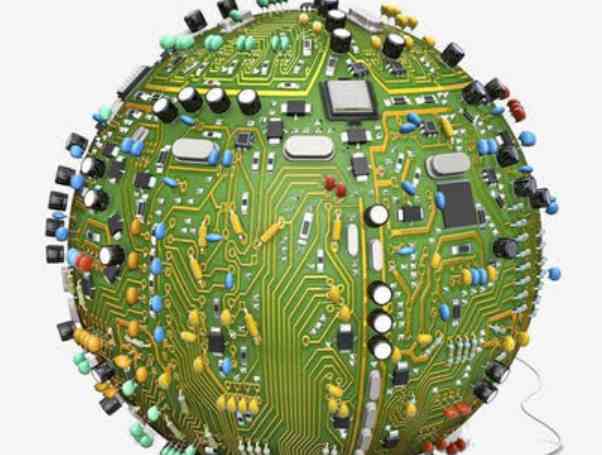
First, reduce side erosion and edge, improve the etching coefficient
Lateral erosion produces a sharp edge. Usually the longer the printed board in the etching solution, the more serious the side erosion. Side erosion seriously affects the precision of printed wire and makes it impossible to make fine wire. When the side erosion and the edge decrease, the etching coefficient increases. A high etching coefficient indicates the ability to maintain a thin wire so that the etched wire is close to the original drawing size. No matter it is tin - lead alloy, tin, tin - nickel alloy or nickel, excessive edge will cause wire short circuit. Because the edge tends to break off, an electrical bridge is formed between the two points of the wire.
There are many factors affecting lateral erosion, which are summarized as follows:
(1) Etching mode: soaking and bubble etching will cause large side erosion, splash and spray etching side erosion is smaller, especially spray etching effect is the best.
(2) The type of etching liquid: different etching liquefaction components are different, the etching rate is different, the etching coefficient is different. For example, the etching coefficient of acidic copper chloride etching solution is usually 3, and that of alkaline copper chloride etching solution can reach 4. Recent studies have shown that nitric acid based etching systems can achieve almost no side erosion and achieve nearly vertical side walls of etched lines. This etching system is yet to be developed.
(3) Etching rate: Slow etching rate will cause serious side erosion. The improvement of etching quality is closely related to the acceleration of etching rate. The faster the etching speed, the shorter the time the board stays in the etching solution, the smaller the amount of side erosion, and the etched pattern is clear and neat.
(4) PH value of etching solution: When PH value of alkaline etching solution is higher, side erosion increases. In order to reduce side erosion, the general PH value should be controlled below 8.5.

(5) Density of etching solution: Too low density of alkaline etching solution will aggravate side erosion, as shown in Figure 10-4. It is beneficial to select etching solution with high copper concentration to reduce side erosion.
(6) Copper foil thickness: To achieve minimal side etching of fine wire, it is best to use (ultra-) thin copper foil. And the thinner the wire width, the thinner the copper foil thickness should be. Because the thinner the copper foil, the shorter the time in the etching solution, the smaller the amount of side erosion.
Two, improve the consistency of etching rate between boards
In continuous board etching, the more consistent the etching rate, the more uniformly etched board can be obtained. To achieve this requirement, the etching solution must be kept in the best etching state during the whole etching process. This requires the choice of easy regeneration and compensation, etching rate is easy to control the etching fluid. Select the process and equipment that can provide constant operating conditions and automatic control of various solution parameters. By controlling the amount of dissolved copper, PH value, solution concentration, temperature, uniformity of solution flow (spray system or nozzle and nozzle swing), etc.
3. High uniformity of etching rate on the surface of the whole board
The etching uniformity of the upper and lower sides of the board and the various parts of the board surface is determined by the uniformity of the flow rate of the etching agent on the surface of the board.
In the etching process, the etching rate of the upper and lower panels is often inconsistent. Generally speaking, the etching rate of the lower panel is higher than that of the upper panel. Because of the accumulation of solution on the upper surface, the etching reaction is weakened. The uneven etching can be solved by adjusting the spray pressure of the upper and lower nozzles. A common problem with etched printed boards is that it is difficult to get all the surfaces clean at the same time. The edges of the board etch faster than the center of the board. It is an effective measure to use the spray system and make the nozzle swing. Further improvement can be achieved by varying the spray pressure at the center and edge of the plate, and by intermittent etching at the front and back ends of the plate to achieve uniform etching across the board.
Fourth, improve the ability to safely handle and etch thin copper foil and thin laminate
When etching thin laminates such as the inner layers of multilaminates, the boards tend to wind up on rollers and transfer wheels and cause waste. Therefore, the equipment for etching inner laminates must ensure that thin laminates can be handled smoothly and reliably. Many equipment manufacturers add gears or rollers to the etcher to prevent this from happening. A better approach is to use additional swinging teflon coated wire as a support for thin laminate transport. For etching thin copper foil (e.g. 1/2 or 1/4 oz), it must be guaranteed against bruising or scratching. Thin copper foil cannot withstand mechanical problems such as etching 1 oz copper foil, sometimes more violent vibration may scratch the copper foil.
5. The problem of reducing pollution
The pollution of copper to water is a common problem in the production of printed circuits. The use of ammonia and alkali etching solution makes this problem worse. Because copper is complexed with ammonia, it is not easy to remove by ion exchange or alkali precipitation. Therefore, a second spray operation is used to rinse the board with a copper-free additive solution, greatly reducing the amount of copper discharged. An air knife is then used to remove excess solution from the surface of the board before water rinsing, thus reducing the burden of water rinsing the copper and etched salts.









